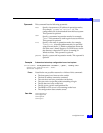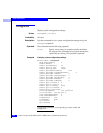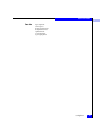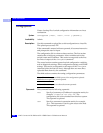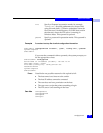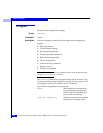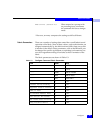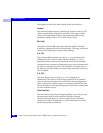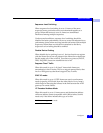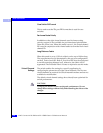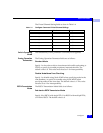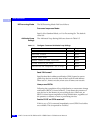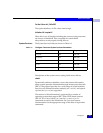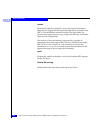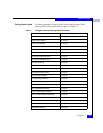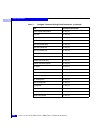
1
configure
1-89
Telnet Commands
Sequence Level Switching
When sequence level switching is set to 1, frames of the same
sequence from a particular source are transmitted together as a
group. When this feature is set to 0, frames are transmitted
interleaved among multiple sequences.
Under normal conditions, sequence level switching should be
disabled for better performance. However, some host adapters have
performance issues when receiving interleaved frames from multiple
sequences. When there are such devices attached to the fabric,
sequence level switching should be enabled.
Disable Device Probing
When disable device probing is set to 1, devices that do not register
with the Name Server are not present in the Name Server data base.
Set this mode only if the switch N_Port discovery process (PLOGI,
PRLI, INQUIRY) causes an attached device to fail.
Suppress Class F Traffic
When this mode is set to 1, all class F interswitch frames are
transmitted as class 2 frames. This is to support remote fabrics that
involve ATM gateways that don’t support Class F traffic.
SYNC IO mode
When this mode is set to 1, FSPF frames are sent in synchronous
mode (expecting ACKs back from the other side for every frame),
which helps in detecting the failures in the link between the ATM
gateways in remote fabrics.
VC Encoded Address Mode
When this mode is set to 1, frame source and destination address
utilize an address format compatible with 1000 switches. Set this
mode only if the fabric includes this type of switch.
EMC does not support this mode.



